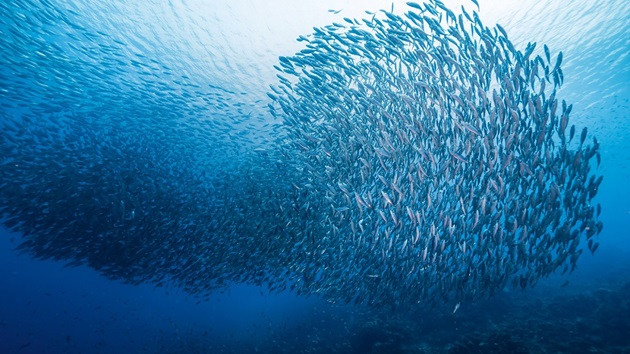Every other year, the United Nations (UN) publishes a report on The State of the World's Fisheries and Aquaculture (SOFIA). It focuses on food production from the ocean and monitors trends of overfishing and seafood consumption. Here are our four biggest takeaways:
- There's still work to do. While most seafood comes from sustainably managed fisheries, the number of overfished stocks rose slightly (from 35.4% to 37.7%) over the last two years. This isn't great news for the ocean, but we do know how to solve it. Fishery management tools are effective, and we need to make sure they're implemented.
- Tuna stock management is making progress, but there's still room for improvement. The report shows that the majority of tuna is caught from fisheries that are not overfished. In fact, 87% of monitored tuna stocks are sustainably fished, and only 13% are overfishing.
- Global collaboration will strengthen fisheries management on the high seas. In 2023, UN member states agreed to a plan to conserve biodiversity and sustainably use marine resources in the high seas. The high seas are areas outside of any nation's jurisdiction and make up almost 2/3 of the ocean's surface area. Collaborating to protect this historically neglected area will go a long way for ocean health.
- Consumption of blue foods continues to rise. Since 1960, consumption of food from the ocean has outpaced land-based animal foods and global population growth. As more and more people eat seafood, it's important to make sure we don't over-harvest blue foods. This highlights the important role that MSC and other global initiatives play in expanding and supporting sustainable fishing practices.




